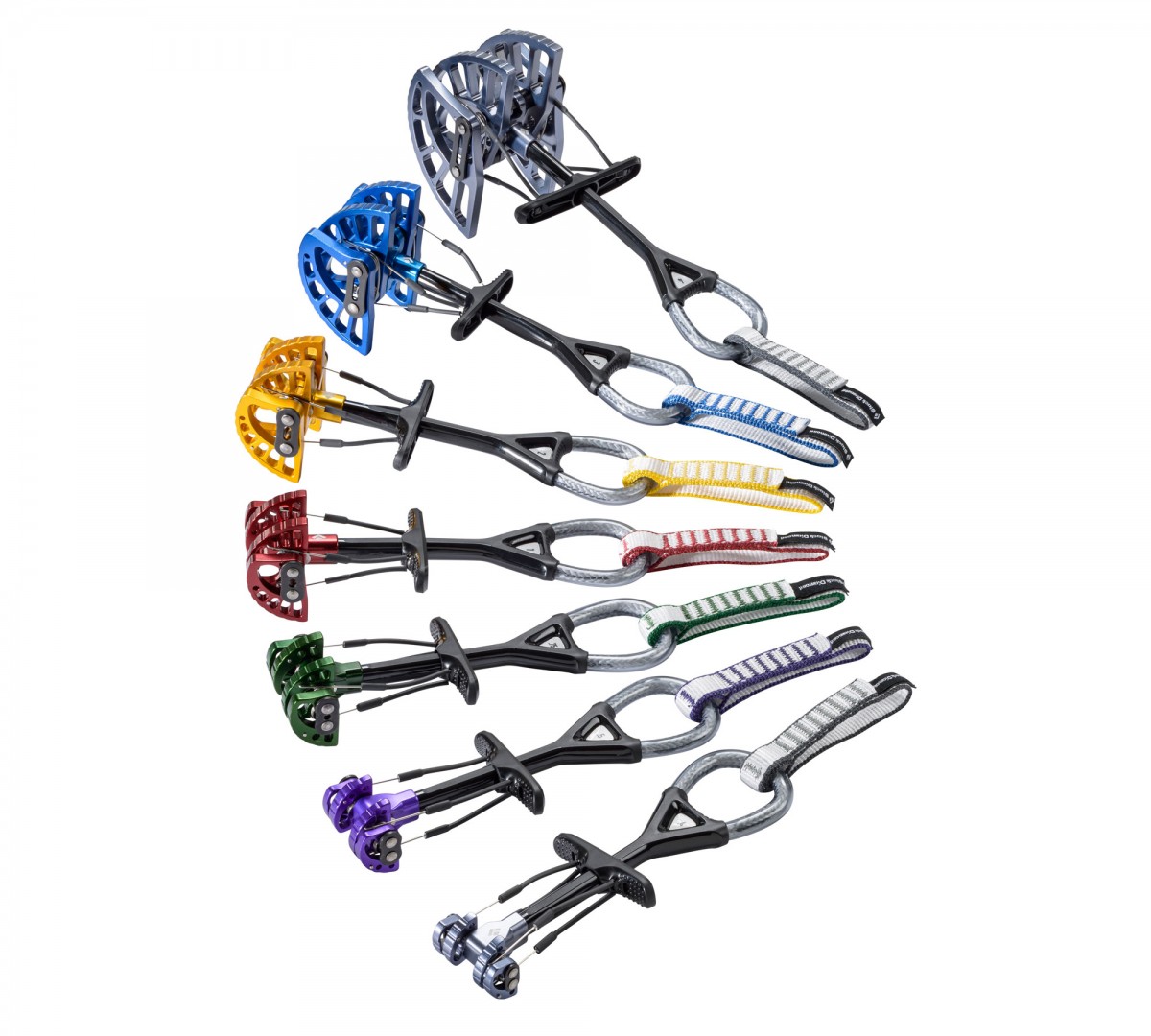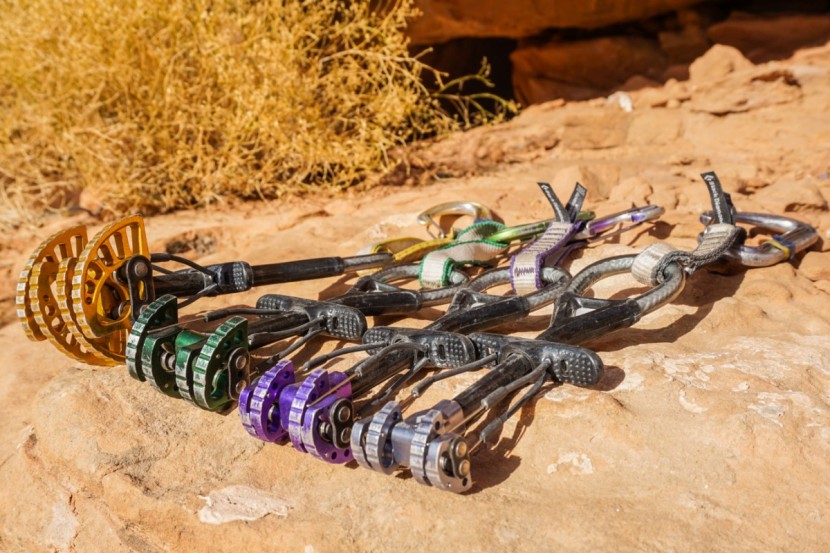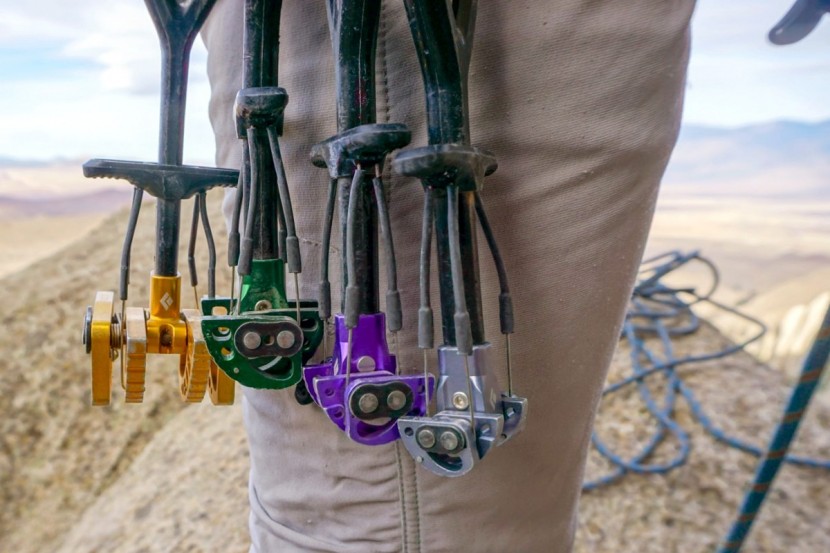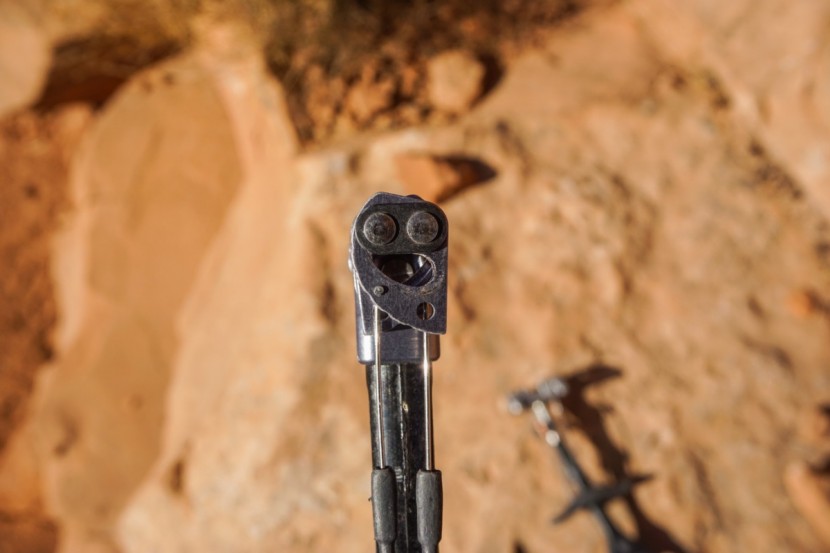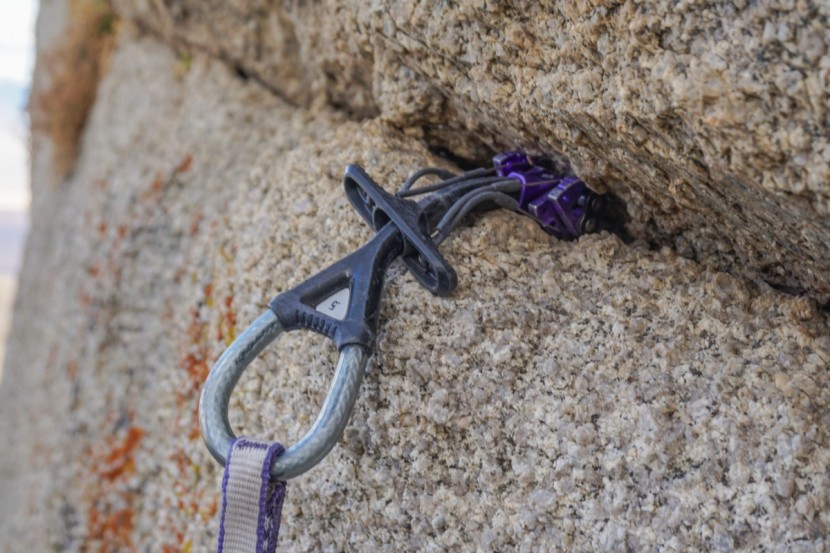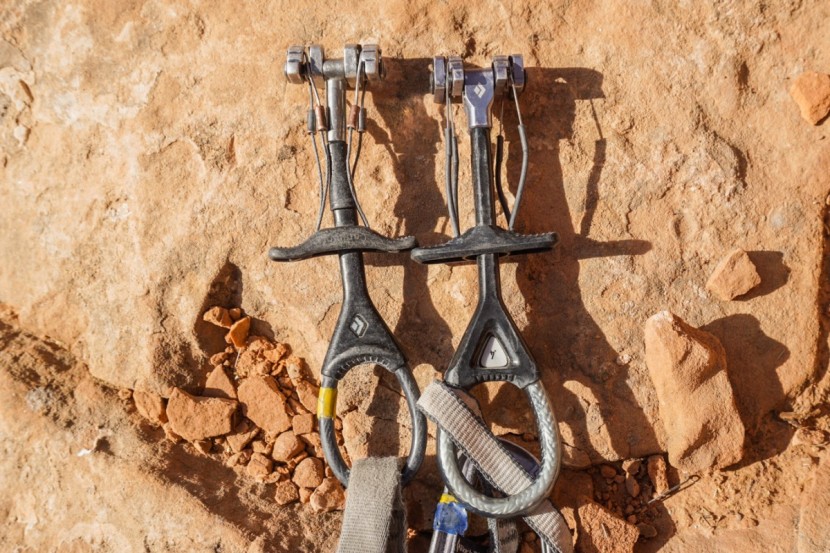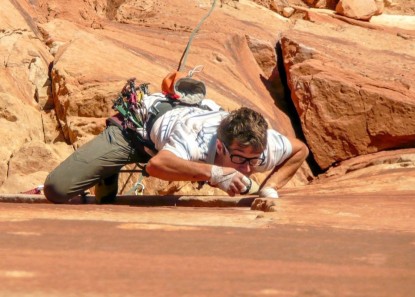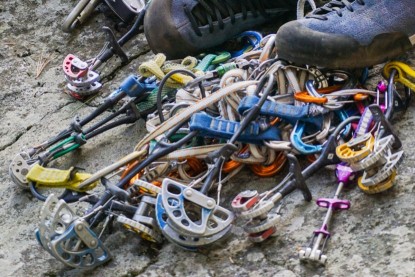Black Diamond Camalot Ultralight Review
Our Verdict
Compare to Similar Products
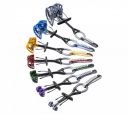 This Product
Black Diamond Camalot Ultralight | |||||
|---|---|---|---|---|---|
| Awards | Best Overall Medium and Large Camming Devices | Best Overall Small Camming Devices | Best for Building Your Rack | Best for Aid Climbing | Best Bang for the Buck -- Small Cams |
| Price | $76.96 at Backcountry Compare at 3 sellers | $89.95 at REI Compare at 2 sellers | $84.95 at REI Compare at 2 sellers | $94.95 at Backcountry Compare at 2 sellers | $48.96 at Backcountry Compare at 3 sellers |
Overall Score  |
|||||
| Star Rating | |||||
| Bottom Line | These cams are awesome for long Yosemite free climbs and Indian Creek splitters | A top choice for smaller sizes due to the widest range and incredible ease of use | These are the most popular cams at Indian Creek due to their great range and durability | Totems are the best cam for aid climbing and hard-to-protect free climbs | The super light, narrow headed Ultralight Master Cam have you covered in small cracks and flares |
| Rating Categories | Black Diamond Camal... | Black Diamond Camal... | Black Diamond Camalot | Totem Cam | Metolius Ultralight... |
| Free Climbing (20%) | |||||
| Weight (15%) | |||||
| Range (15%) | |||||
| Horizontal Cracks (15%) | |||||
| Tight Placements (15%) | |||||
| Durability (10%) | |||||
| Walking (5%) | |||||
| Aid Climbing (5%) | |||||
| Specifications | Black Diamond Camal... | Black Diamond Camal... | Black Diamond Camalot | Totem Cam | Metolius Ultralight... |
| Weight (1 inch size piece) | 2.6 oz | 2.8 oz. | 3.28 oz | 3.35 oz | 2.3 oz |
| Range (inches) | .61-4.51" | .29" -1.66" | .54-7.68" | .46-2.52" | .34-2.81" |
| Sling Length (inches) | 3.75" | 3.75" | 3.75" | 4.6" | 3.75" |
| Single or Double Axle | Double | Double down to .3 | Double | Single | Single |
| Extendable Sling | No | No | No | No | No |
| Sling material | Dyneema | Dynex | Nylon | Dyneema | Dyneema |
| High Clip in for Aid | Yes | Yes | Yes | Yes | No |
| Cam Stops | Yes | Yes, down to .3 | Yes | No | Yes |
Our Analysis and Test Results
The Black Diamond Camalot Ultralight trims down the weight of the Camalot C4 in several obvious and a few not so obvious ways. The main way that they trim weight is by swapping out a metal cable in the stem for a dyneema sling (you heard that right), surrounded by a plastic sheath. Placement for placement, their more rigid than the most flexy stemmed small cams, which makes them easier to place on the go, but not as effective in flares, pin scars, and horizontal placements.
Free Climbing
We love free climbing with these cams, especially in Indian Creek, where continuously parallel splitter cracks require tons of cams that can start to feel incredibly heavy.
Because the stem is semi-rigid, they are very easy to place on the go when you're super pumped, the plastic thumb loop provides a nice spot to bite down if you have to hold the cam in your mouth, and the brightly colored anodized aluminum lobes make for fast and easy identification.
Weight
As suggested by their name, these cams are all about the weight game and are lighter overall than any of the other cams we have compared them to in to medium and large size ranges.
Their main contender for lightweight champion is the Best Buy Award winning Metolius Ultralight Mastercam. An equivalent size run of Mastercams weighs just 1.3oz more than the BD Ultralights and covers the same range with six cams that BD covers with 5. Each Black Diamond cam covers a wider range, thanks to the double axle design, but cam for cam, the Metolius cams are lighter. The merits of having more cams or fewer cams that cover a wider range of placements are dependent on what style of climbing you're doing. For easy alpine climbing where you'll be using less protection per pitch, we'd go with the Black Diamond Ultralights.
Range
Currently, the Ultralights protect cracks from 15.5mm to 114.7mm. That's fingers to fists, but no blue tips size, and no large big purple or green cams for protecting offwidths.
We'd love to see Ultralight versions of the larger sized C4s, where the weight savings could really add up. As is, most other cams that protect the medium to large size range protect a wider range overall, but whatever you can't buy in Ultralights you can always pick up in C4s.
Horizontal Cracks
Camalot Ultralights perform just as well in horizontal placements as their heavier C4 brethren. The cable that comprises the thumb loop and stem on the C4s has been replaced by a lightweight Dyneema core, but we feel like both designs bend and flex with about the same resistance.
Their stem is flexible enough to bend in the direction of pull and hold a fall when placed in a horizontal, without breaking the stem, though the stem can become permanently kinked if the cam is in a shallow horizontal placement. For these kinds of placements, we recommend a more flexible stemmed cam for ideal performance.
Tight Placements
Black Diamond has reduced the weight of the Cam lobes on the Camalot Ultralights by reducing the amount of aluminum used on each lobe, but that doesn't make the head of these cams any narrower than the C4s.
That makes these cams too wide to fit in many pin scars found on Yosemite granite. Black Diamond X4s have a much narrower head and cover smaller cracks. While these cams are really light, they simply aren't made to sizes small enough to protect placements that we would call “tight,” so look to supplement them with another style of finger and micro-sized cams.
Walking
If you don't want these cams to walk, extend them with an alpine draw. Because their stem isn't floppy like an “Alien” style cam, they're more likely to shift around if you're not climbing directly above them.
Cams that come with an extendable sling allow for easy extension without the use of an alpine draw, which not only lowers their likelihood of walking, but also saves some gear on the harness. These cams have an advantage over the Camalot Ultralights when it comes to walking. That being said, since these cams have broad heads and are relatively stable in a parallel placement.
Durability
Our testers were skeptical about the durability of these cams, especially in comparison to our trusty old C4s.
After months of hanging dogging, whipping, cam jugging, and weighting them in awkward positions, the Camalot Ultralights have shown surprising durability. The stem is made from Dyneema, protected by a tough plastic, and so far we have seen no limits to their durability.
Aid Climbing
When it comes to aid climbing, these cams perform just as well as the C4s, but with the advantage of being 25% lighter. The weight savings is considerable if you're carrying doubles, a rack of iron, a hammer, hooks, a portaledge, and a poop tube down the east ledges.
As far as pin scars, flares, and other weirdness encountered while aiding, we like to complement a rack of Ultralights with some finger size pieces that have a narrower head and a more flexible stem. And frankly, most of the placements you need to protect while aid climbing on all but the easiest of trade routes will be smaller than what an Ultralight is designed for.
Value
The Ultralights are not cheap, and you'll be ravaging your wallet for a full set of seven. Despite the price, we encountered plenty of people in Indian Creek this fall who had chosen weight savings over dollars. The Dyneema stem seems to be holding up just fine on our Ultralights, but we feel that the steel cable in the original C4s would last longer, especially if the plastic gets worn through.
Conclusion
If you can pony up the extra dough for a rack of ultralights, do it! These Black Diamond C4 Ultralights are everything we love about the C4s, at 75% of the weight, bringing big smiles to our faces every time we rack the #4. The price may shy away some, but we have seen so many shiny racks of brand new Camalot Ultralights at Indian Creek, suggesting that the future is looking lighter.


